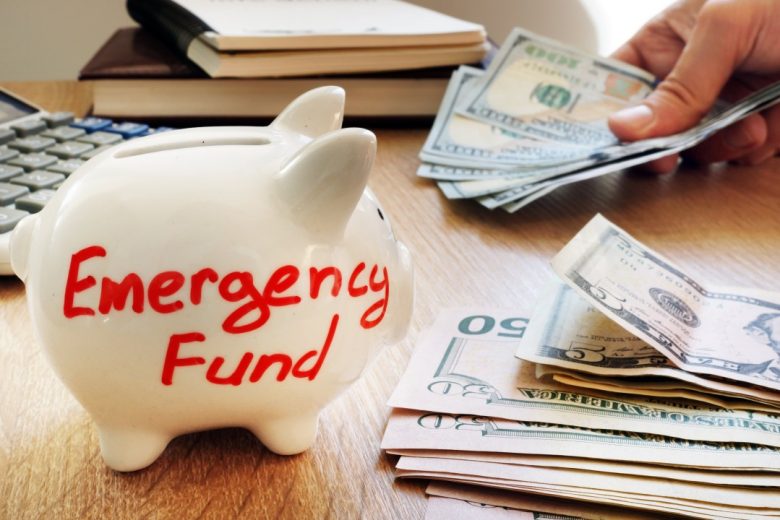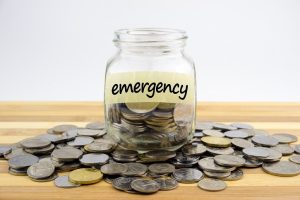Understanding Emergency Savings
Life is full of unexpected events, and financial surprises are often among the most challenging to navigate. Whether it’s a sudden medical expense, a car repair, or an unanticipated job loss, these situations can place significant stress on both your emotional well-being and your financial stability. That’s why having an emergency savings fund is a critical component of any solid financial plan. It serves as a safety net, providing peace of mind and a buffer against the uncertainties of life.
What Are Emergency Savings?
Emergency savings is essentially a reserve of money set aside specifically to cover unforeseen expenses. Unlike regular savings, which might be used for planned purchases like vacations or a new car, emergency savings are strictly for situations that arise unexpectedly. This dedicated fund ensures that you won’t need to rely on high-interest credit cards, loans, or other forms of debt when life throws a curveball.
How Much Should You Save?
One of the most important aspects of building emergency savings is determining the right amount to save. Financial experts generally recommend setting aside three to six months’ worth of living expenses. This amount should cover essentials like rent or mortgage payments, utilities, groceries, and transportation costs. However, the exact amount may vary depending on your individual circumstances, such as the stability of your income, family size, and overall financial obligations.
Starting Small and Staying Consistent
Starting an emergency savings fund can feel overwhelming, especially if you’re already managing other financial responsibilities. However, the key is to begin small and remain consistent. Even setting aside a small amount from each paycheck can make a significant difference over time. Automated savings plans can be a helpful tool in this process, as they allow you to allocate a portion of your income directly into a dedicated emergency savings account without requiring you to think about it.
Choosing the Right Account
Choosing the right type of account for your emergency savings is also essential. Ideally, this money should be easily accessible in times of need but kept separate from your everyday spending accounts to avoid the temptation to use it for non-emergencies. High-yield savings accounts, money market accounts, or even a basic savings account can be good options. These accounts provide liquidity while allowing your funds to earn some interest over time.
The Risks of Not Having Emergency Savings
The importance of emergency savings becomes even clearer when you consider the potential consequences of not having one. Without a financial safety net, unexpected expenses can quickly spiral into unmanageable debt. For instance, a single car repair could lead to missed bill payments, late fees, and even damaged credit. Similarly, a medical emergency without sufficient savings could force you to choose between essential healthcare and meeting other financial obligations.
Peace of Mind Through Preparedness
Having an emergency savings fund can also provide a sense of empowerment and control. Knowing that you have a cushion to fall back on allows you to face unexpected challenges with greater confidence. It can also reduce stress and anxiety, as you won’t have to scramble to find financial solutions during already difficult times. This peace of mind is invaluable, contributing to both your financial and emotional well-being.
Reassessing Your Savings Goals
It’s important to regularly evaluate and adjust your emergency savings fund to ensure it remains adequate for your current needs. Life circumstances, such as a change in employment, the birth of a child, or a significant increase in expenses, may require you to revisit your savings goal. Periodically reviewing and updating your fund ensures that it continues to serve as an effective safety net.
Reaping the Long-Term Benefits
While building emergency savings may require discipline and time, the benefits far outweigh the effort. In addition to providing a buffer against life’s uncertainties, an emergency fund can also help you achieve other financial goals. By reducing your reliance on credit or loans, you can avoid interest payments and free up resources for long-term savings or investments.
Knowing When to Use Your Emergency Savings
Another important aspect of emergency savings is understanding when to use it. Not all unexpected expenses qualify as emergencies. A true financial emergency typically involves situations that are urgent, necessary, and unexpected. For example, replacing a broken refrigerator or covering essential medical costs would qualify, while purchasing a new smartphone or planning a last-minute vacation would not. Having clear guidelines for using your emergency fund can help ensure it’s available when you need it most.
Replenishing After Use
Replenishing your emergency savings after using it is just as important as building it in the first place. Once you’ve tapped into your fund, make it a priority to rebuild it as quickly as possible. Treat the process like any other financial goal by setting aside a portion of your income until the fund is fully restored. This approach ensures that your safety net remains intact for future emergencies.
Conclusion: The Foundation of Financial Stability
In conclusion, emergency savings are an essential part of a healthy financial foundation. They provide protection against unexpected expenses, reduce financial stress, and help you maintain stability during challenging times. While building and maintaining an emergency fund requires effort and discipline, the benefits are well worth it. Whether you’re just starting your financial journey or looking to strengthen your existing plan, prioritizing emergency savings is a smart and proactive step toward greater financial security.



